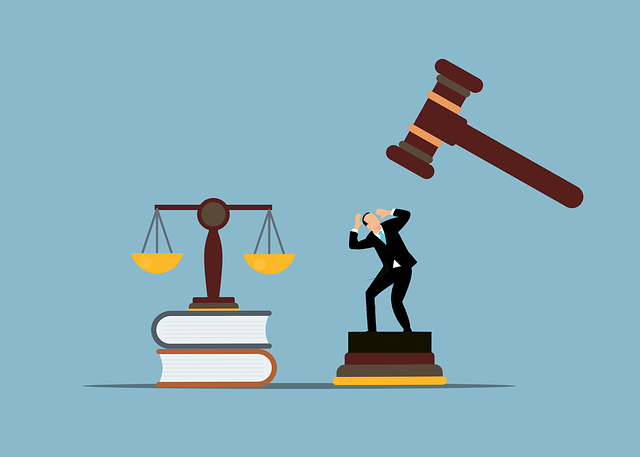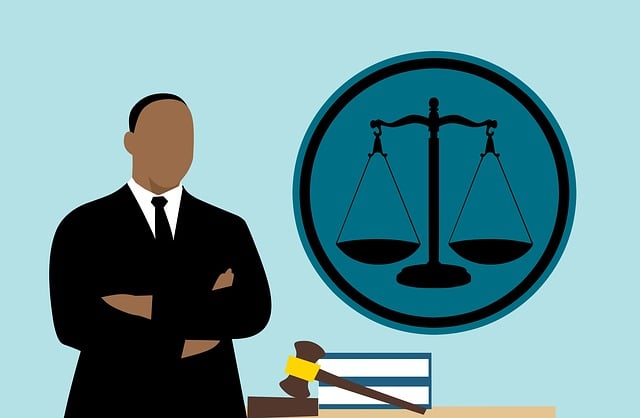Pain and suffering compensation is a critical element of personal injury law, offering financial support for both physical and emotional distress caused by accidents or injuries. Beyond covering medical expenses and lost wages, this compensation recognizes long-term impacts on quality of life, such as disabilities and psychological trauma. Consulting a specialized personal injury lawyer is essential to navigate the complex process and secure fair settlements based on unique circumstances, especially when dealing with vulnerable individuals.
Finalizing legal documents for pain and suffering compensation can be a complex process, but it’s crucial for ensuring fair redress after an injury. This comprehensive guide navigates the key steps involved in securing appropriate compensation, including understanding its definition and legal basis. We’ll explore how such compensation is calculated, delving into factors like medical bills, lost wages, and pain levels. Additionally, we provide a checklist of essential documents required for successful claims. Learn about your rights and the role of legal representation to review and finalize agreements fairly.
- Understanding Pain and Suffering Compensation
- – Definition and legal basis
- – How it's calculated and what factors are considered
Understanding Pain and Suffering Compensation

Pain and suffering compensation is a crucial aspect of personal injury law, designed to offer financial relief for the physical and emotional distress experienced by victims. This type of compensation goes beyond medical expenses and lost wages, aiming to acknowledge the significant impact that an accident or injury can have on one’s life. It includes not only the immediate pain but also any long-term disabilities, psychological trauma, and the overall diminished quality of life resulting from the incident.
When finalising legal documents for pain and suffering compensation, it is essential to consult a qualified personal injury lawyer who specialises in these matters. They can help navigate the complex process, ensuring that all relevant factors are considered. Unlike property damage claims, which are typically more straightforward, pain and suffering assessments require an expert understanding of elder law and its nuances, especially when dealing with vulnerable individuals. This specialist knowledge guarantees that victims receive a fair and adequate settlement for their unique circumstances.
– Definition and legal basis

Pain and suffering compensation refers to the financial redress awarded to individuals who have experienced physical and emotional distress due to another party’s negligence or intentional actions. This form of damages is designed to recognize and alleviate the harm caused by accidents, injuries, or traumatic events. Legally, pain and suffering compensation is based on principles of tort law, which govern civil wrongs and their remedies. In many jurisdictions, it falls under the broader category of general damages, intended to compensate for the full range of negative consequences resulting from a harm-causing event.
When pursuing pain and suffering compensation, whether through a personal injury claim or partnership dispute resolution with the assistance of a car accident attorney, individuals must provide evidence to support their case. This can include medical records detailing injuries and treatment, testimony from witnesses who observed the incident, and statements from experts who can assess the extent of physical and psychological harm suffered. The goal is not merely to secure monetary reimbursement but also to hold responsible parties accountable for their actions and ensure that victims receive fair and just compensation for their experiences.
– How it's calculated and what factors are considered

Calculating pain and suffering compensation involves a nuanced process that considers multiple factors. This includes the severity and duration of physical pain experienced by the victim, as well as any psychological distress or emotional trauma resulting from the incident. Medical records play a crucial role in quantifying these elements, providing evidence of injuries, treatments, and associated costs. Other significant aspects include the impact on daily life, ability to work, and potential long-term effects.
In real estate litigation, nursing home abuse cases, and car accident injuries, for instance, experts may assess loss of enjoyment of life, disfigurement, or permanent disability. These factors are combined to determine a fair monetary value that compensates individuals for the significant hardships they endure. The goal is to provide adequate redress while ensuring a just outcome for all parties involved.
Finalizing legal documents for pain and suffering compensation is a crucial step in ensuring you receive fair restitution for your hardships. By understanding the definition, calculation methods, and influencing factors of such compensation, individuals can navigate the legal process with greater confidence. This knowledge empowers them to advocate for their rights and secure the support they deserve during challenging times. Remember, when it comes to pain and suffering compensation, a thorough grasp of the legal aspects can make all the difference.






